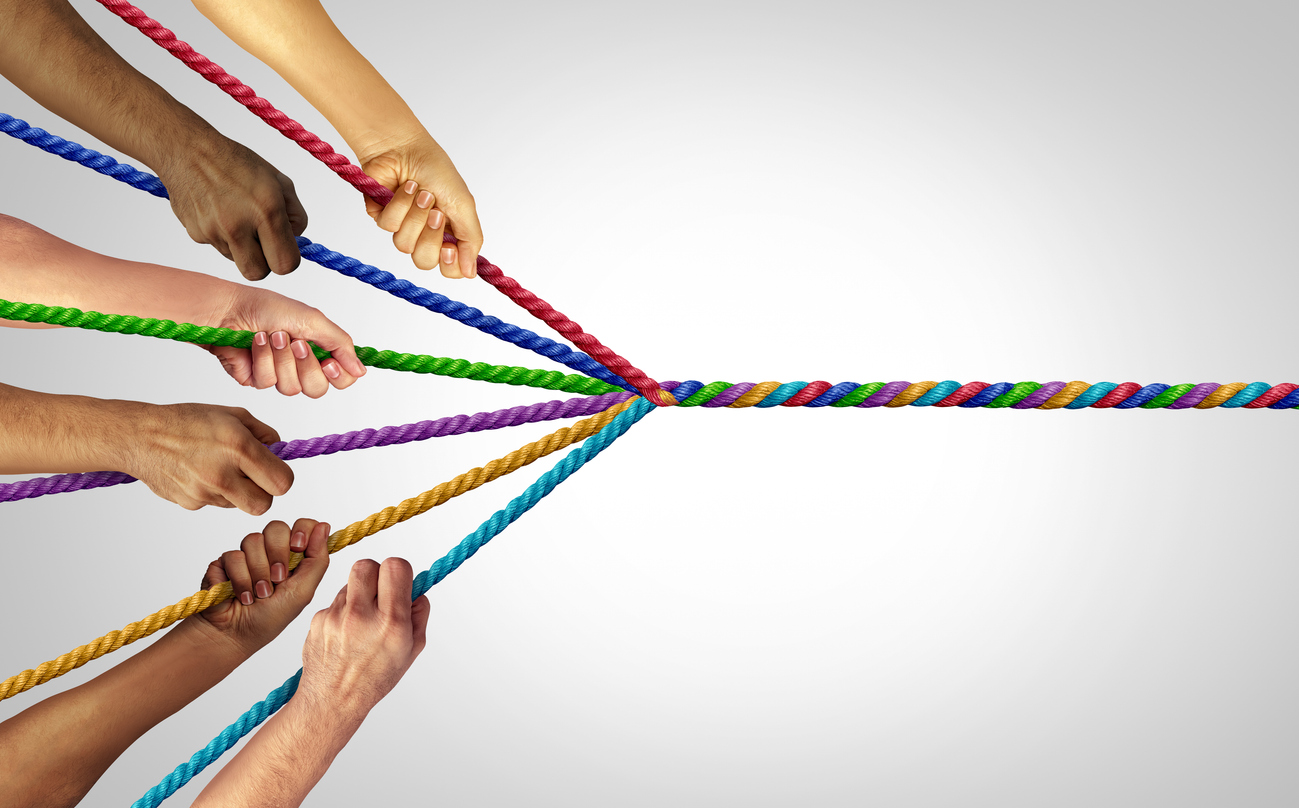
From the first few pages of When, Daniel Pink seized my attention and refused to let it go. He opens his book with the suspenseful story of the RMS Lusitania, a British ocean liner sunk by a German torpedo on its route from New York to Liverpool, England, in the midst of World War One. Pink poses a provocative question: did Captain William Thomas Turner make bad decisions that ultimately contributed to the vessel’s demise because he made those decisions in the afternoon?
And so the book introduces its central theme: timing is everything. Pink and his researchers spent two years analyzing over seven hundred studies to demonstrate the value of when. At Emerson, we’re constantly thinking about behavior change; Pink’s book gives us a new way to approach behavior, backed by scientific evidence.
Pink divides his book into three parts: The Day; Beginnings, Endings, and In Between; and Syncing and Thinking. Each chapter gives readers research-based advice on “how to best live, work, and succeed.” Each chapter has a “Time Hacker’s Handbook” with actionable steps to improve your life, from work to home.
For me, some of the most impactful advice came in the first chapter, “The Hidden Pattern of Everyday Life.” Pink introduced me to my “chronotype.” Most of us have heard about circadian rhythm, but Pink explains that every individual has his or her own pattern. In other words, the circadian rhythm is not one-size-fits-all. There are quizzes in the book to help you figure out your personal pattern. Once you determine your chronotype, you can optimize your day. If you’re like me, a “third bird,” you should schedule analytic tasks in the morning and insightful ones in the late afternoon. And, because most of us don’t control our schedules all the time, Pink tells us how to prepare for events that don’t fit our natural circadian rhythms.
I work remotely from home, but I used to work in an office setting. Every afternoon, sometime between two and three, my energy would wane. My eyes would droop and I’d lose motivation. Around that time, a coworker would send me an IM, “CVS?” I’d readily agree. A ten-minute trip to the convenience store was all it took to revive my energy. That’s probably why the second chapter of When resonated. “Afternoons and Coffee Spoons” describes the scientifically proven value of a break. What is a “vigilance break” and how can it enhance team performance? What is the most effective way to take a nap? (During work? Absolutely!) Believe it or not, a pause from work or studying will help you focus. While Pink encourages leaving your work space, there are other ways to give your brain a rest to reenergize.
What I found the most engaging were the real-life examples that transcend culture and nation. For example, Pink connects the experiences of a Washington, DC-based choir to the dabbawala deliverymen in India and explains how their experiences can improve your life. There are also insights from successful individuals like Jerry Seinfeld to Warren Buffett.
My biggest takeaway? Small changes in behavior and timing can make big positive impacts on my everyday life.




